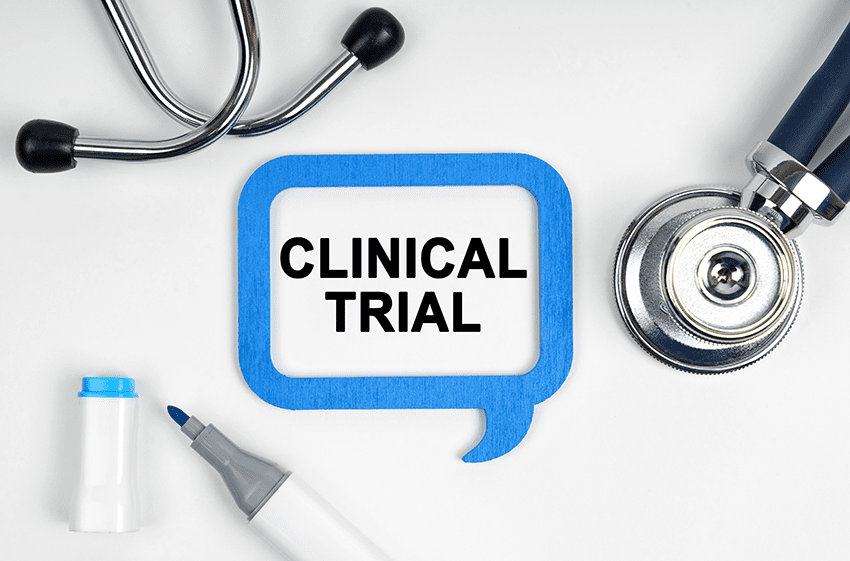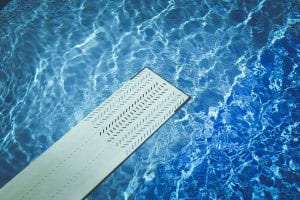Professionals from all corners of the world convene at SSIEM each year to discuss the latest groundbreaking discoveries.
According to a report in BioSpace, one such breakthrough was presented by Denali Therapeutics, announcing interim data from its Phase 1/2 study of DNL310 to treat Hunter syndrome (MPS II). Denali focuses on developing products designed to cross the blood-brain barrier (BBB) to address lysosomal storage diseases and neurodegenerative diseases.
Neurodegenerative disorders involve changes that affect various areas of the brain, specifically neurons. The exact cause of these disorders is unknown.
The current treatment for MPS II is enzyme replacement therapy. However, its efficacy is limited by its inability to cross the BBB.
DNL310 is an enzyme replacement therapy designed to cross the BBB and address the cognitive, physical, and behavioral symptoms of MPS II.
The presentation at the 2023 SSIEM Meeting follows last year’s announcement, showing a sustained reduction of central nervous system and peripheral biomarkers to normal levels after 85 weeks of dosing.
Currently, evaluation is ongoing through COMPASS (NCT05371613), a phase 2/3 study involving 54 Hunter syndrome participants.
Metabolic inborn errors are rare inherited disorders where the body is unable to properly convert food into energy. Defects in certain proteins (enzymes) are found to be the cause.
About Hunter Syndrome
Hunter syndrome, or mucopolysaccharidosis type II (MPS II), is a rare genetic disorder mostly affecting young boys. The disorder occurs in approximately one in 100,000 male births. Outward symptoms become evident between two and four years of age. Until the age of five, when the child’s growth begins to slow, children with MPS II appear to have normal growth.
Among the varied symptoms, the airway becomes enlarged, often progressing to a need for medical assistance to keep the airway open. Another symptom is spinal stenosis, a narrowing of the spinal canal in the neck, which often affects patients.
The heart is also significantly affected by MPS II. Many patients develop heart valve abnormalities, enlarging the heart and leading to abnormal heart rhythm and heart failure.
MPS II Neuropathic Form and Non-neuropathic Form
Two types of MPS II are the neuropathic form and the non-neuropathic form. The neuropathic type is the most severe. Children with MPS II start to lose their basic functional skills between six and eight years of age, with a life expectancy of between ten to twenty years.
If a food product is not metabolized into energy, it will build up and cause various symptoms in the body. For example, large sugar molecules (glycosaminoglycans) called GAGs accumulate in body tissue. GAGs result from a deficiency in iduronate 2 sulfatase, a lysosomal enzyme essential for GAGs’ breakdown. It is a form of lysosomal storage disease (LSD).
LSD causes a buildup of toxic substances in the body’s cells. These substances, caused by genetic mutations, can damage other cells and organs. Researchers have identified more than 70 types of LSD.
The latest data find that DNL310 is well-tolerated and continues to demonstrate a reduction of the NfL marker, indicating positive changes in symptoms such as cognition, behavior, and auditory function.
Dr. Barbara Burton at Chicago’s Ann & Robert Lurie Children’s Hospital said the sustained effects of DNL310 treatment demonstrate its potential on key disease biomarkers in MPS II.








